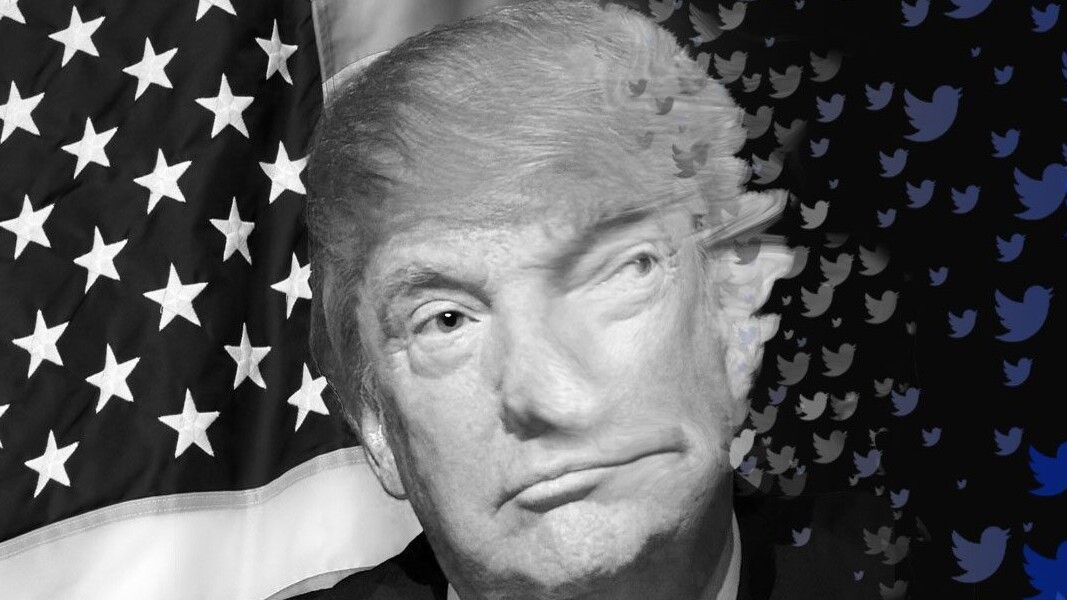
Twitter yesterday released a bevy of data related to Iranian and Russian-sponsored misinformation campaigns started as long ago as 2009. The hope, in releasing the trove, is that academics and researchers will use it to come up with solutions to the propaganda problem plaguing US politics.
November 6th represents the next symbolic test for US democracy. As the nation hurtles towards its Midterm elections, with both the House and Senate up for grabs, it’s become apparent that ‘election security’ is a goal, not a reality.
The Twitter datasets might help change that. They should help researchers figure out exactly why certain misinformation tactics are especially effective against the US public – without hard data to look at, we’re guessing.
According to Twitter the information released yesterday contains information from:
… 3,841 accounts affiliated with the IRA, originating in Russia, and 770 other accounts, potentially originating in Iran. They include more than 10 million Tweets and more than 2 million images, GIFs, videos, and Periscope broadcasts.
Nine million of the tweets in the archives are from the Kremlin-sponsored IRA ‘troll farm.’ Earlier this year, 13 of its members were indicted after US intelligence agencies determined Russia — via the IRA — engaged in a targeted misinformation campaign to aid the election of Donald Trump.
Tweets contained in the database show the operation began in 2015 – around the same time Trump announced his candidacy.
Early observations from data experts, such as Ben Nimmo and his colleagues at the Atlantic Council’s Digital Forensic Research Lab, indicate that the entire effort was a trial-and-error campaign. The IRA simply threw everything it could think of at the wall and paid attention to what stuck.
Basically, as the unwritten laws of social media seem to dictate, the majority of influence was held by a very small percentage of the accounts tweeting. Not every message resonated with the IRA’s targets, but those that did informed the evolution of the operation. You can read more details in the Atlantic Council’s Medium post on the datasets here.
With only a few weeks until the US Midterm elections, it’s a pipe-dream to think this data will provide actionable information to help voters before then. But, hopefully, it’ll help data specialists and political analysts reverse-engineer future misinformation campaigns and make it easier to spot them before any damage is done.
Twitter made the datasets publicly available for download here. Machine learning community: do your thing.
Get the TNW newsletter
Get the most important tech news in your inbox each week.




